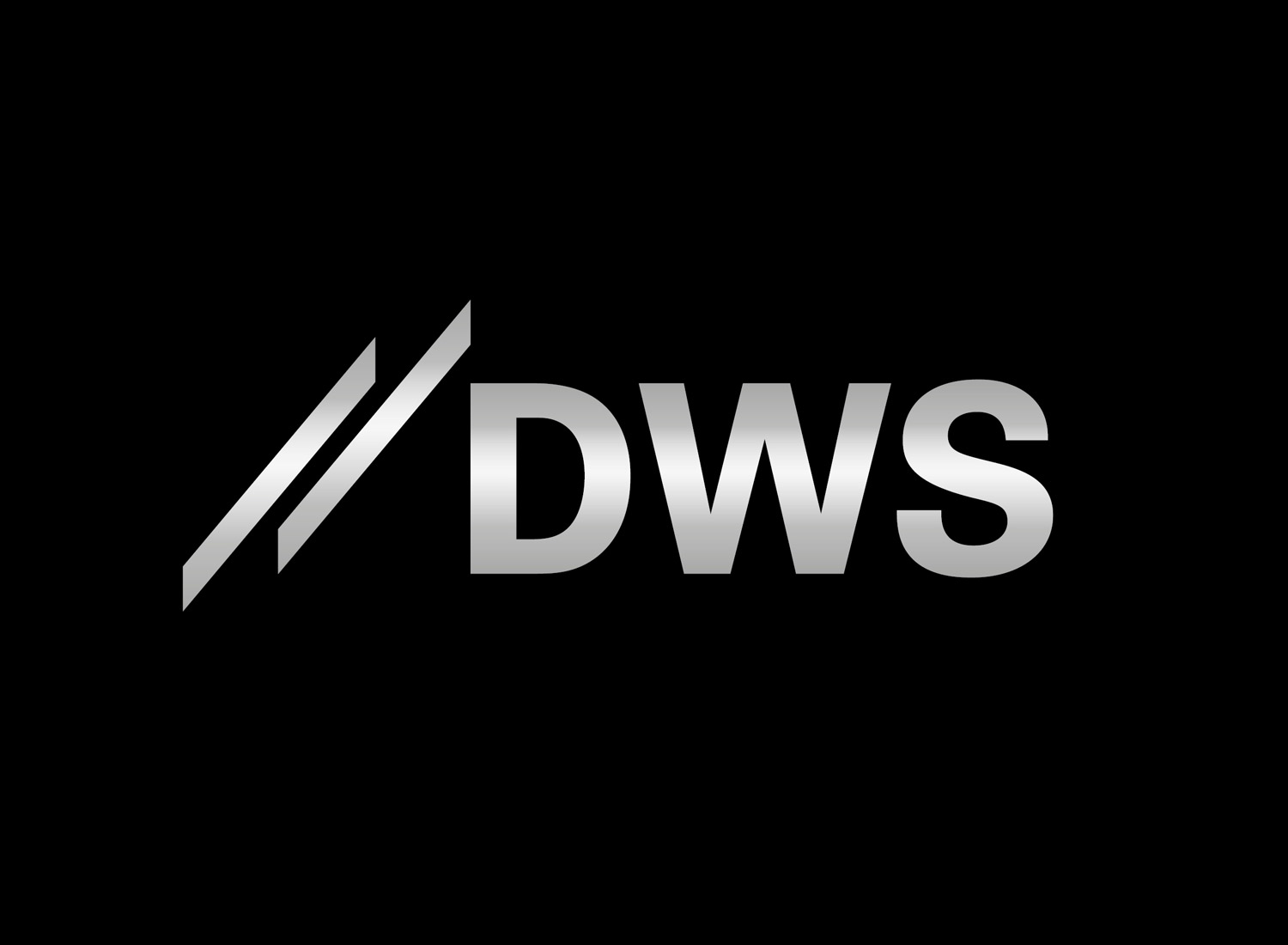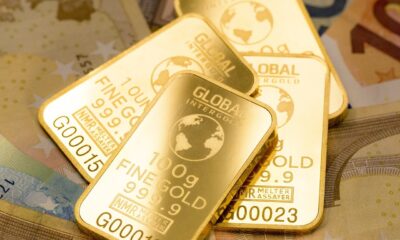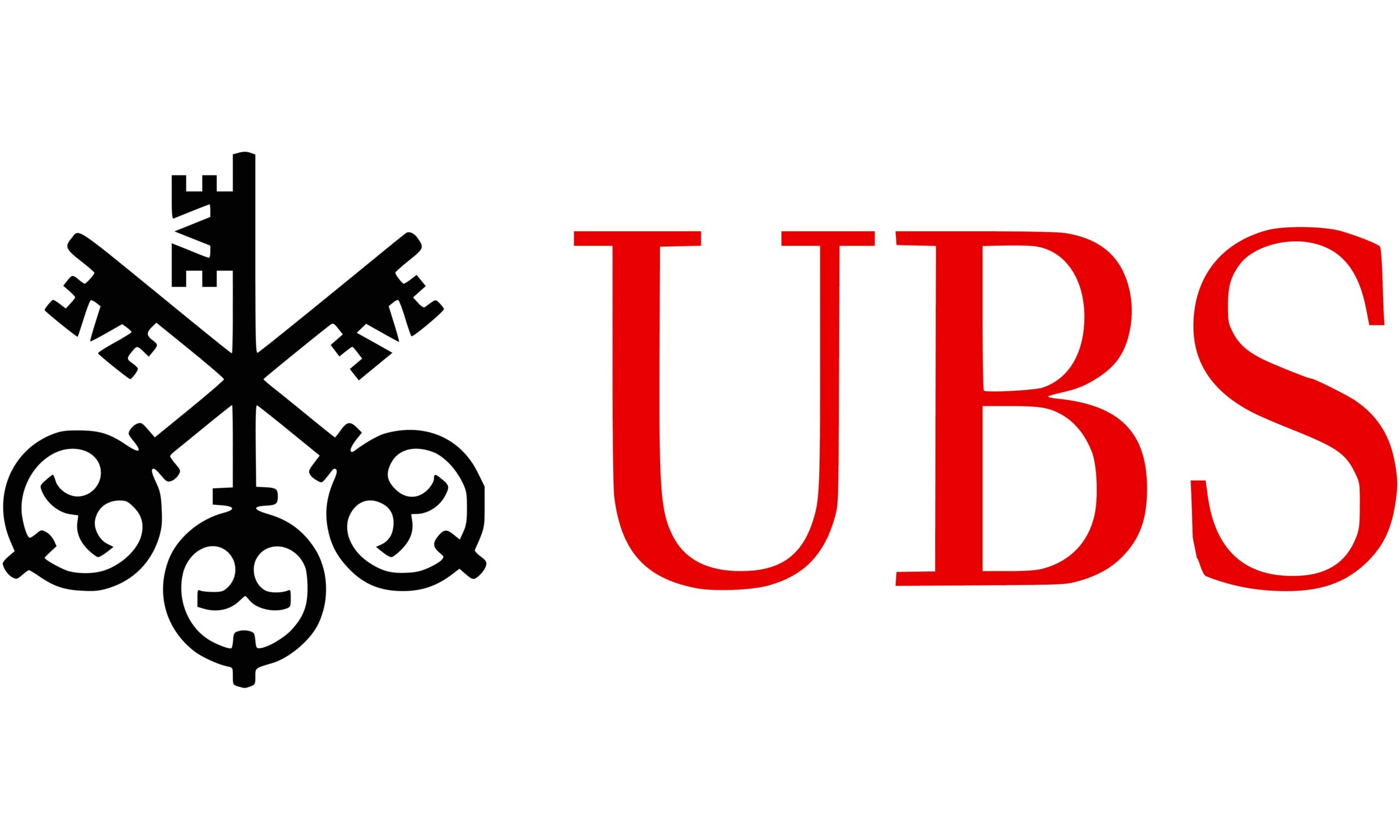When will the bull market end? The rise in the equity market continues. What hurdles could cause the bull to stumble?
Stock markets around the globe are testing new highs. The bull market in U.S. equities started in 2009. With each new high, investors are asking themselves whether the bull market will simply continue. Is there a risk it could suddenly turn into a bear market? A glance at historical data helps answer this question. Let’s take a closer look at the U.S. equity market, the biggest market and the one that sets the pace globally.
The rally in prices without any major correction is causing more and more investors to fear that the U.S. stock market could be vulnerable. Such concerns tend to crystalize around the price-to-earnings ratio (P/E ratio) of the S&P 500. This ratio signals that, on average, U.S. stocks have reached historically high valuations. Moreover, low volatility could be a sign that some market participants are acting too carelessly and ignoring warnings.
Reasons for a bear market
The higher valuation and low volatility are definitely important warning signs. It is even more important, though, to take a look at the factors that have caused bear markets and thus resulted in markedly falling prices of 20 percent or more compared to the previous high. Since 1967, there have been five recessions in the United States which were accompanied by bears dominating the stock market. There was one case of a bear market without a recession.
What is striking is that bear markets lasted longer in a recessionary phase, and that share-price losses were particularly high. 1 The S&P 500, for instance, fell by an average of 43.5% compared to the previous high during the five bear markets accompanied by a recession. The average duration of these price corrections was 21.6 months. During the only bear market without a recession of the past 50 years, the U.S. stock-market barometer dropped 33.1% below its previous high. The bear market lasted 5.7 months. 2
The reason why bear markets perform worse when accompanied by a recession is quickly found. In terms of allocation, gross domestic product (GDP) primarily consists of income from labor and capital income such as interest rates and profits. Income from labor as well as interest income are rather rigid in the short to medium term. This is why corporate profits are often hit particularly hard in phases of decreasing GDP. This in turn results in significant declines in share prices.
What does this mean for the current situation? For shareholders, the good news is that U.S. leading indicators are not signaling a recession. Unless there are some nasty surprises – such as major policy mistakes -, the risk of recession appears low. However, this does not rule out the possibility of equity-market corrections.
Slide without recession
In October 1987, markets crashed although there was no recession in sight. None followed either, thanks in part to the aggressive loosening of monetary policy by the US Federal Reserve Board (the Fed) in response to the crash. This led to investigations into the reasons why. In the years leading up to the crash, the U.S. stock market experienced a rally, driven by decreasing inflation since the beginning of the 1980s as well as falling interest rates and faster economic growth. Furthermore, the U.S. government intensified deregulation and tax cuts as of 1981 (Reaganomics), and this additionally boosted growth.
From 1982 on, the stock market’s P/E ratio rose disproportionately compared to the bond market’s equivalent of the P/E ratio (100 divided by the yield of a U.S. Treasury Note). In 1987, the resulting valuation mismatch was well above the levels typically seen during the 1960s and 1970s. Accordingly, it is presumed that investors were suspecting an overvaluation of U.S. stocks relative to U.S. government bonds, and this eventually contributed to the selloff in October 1987. In retrospect, it can be said that the slump in share prices was a buying opportunity.
Do we have to reckon with a similar scenario next year as seen in 1987? Parallels certainly exist. As was the case then, we have recently experienced a long period of rising share prices. Another parallel is the increase in the stock market’s P/E ratio. The essential difference, however, lies in the fact that at least compared to bonds, equities still appear rather cheap. In particular, the valuation indicator ”stock-market P/E ratio divided by bond-market P/E ratio” is at historically low levels.
In the crash of 1987, automated trading also played a key role. With the help of nascent computer-based trading strategies, investors aimed to increase their chances of making a profit while limiting their losses. This intensified selling pressure during the correction phase. The importance of automated trading systems has grown further since then but so has the awareness of risk, at least in that respect.
With all the parallels to 1987 that can be identified, differences exist as well. Valuations are high across almost all asset classes. Compared to bonds, however, equities have a better return potential. As inflation will likely remain moderate next year and yields will presumably rise only slightly, we do not expect this situation to suddenly change. Moreover, corporate earnings should continue to grow at a healthy pace next year. This would indicate that time is not running out for the current bull market yet. But we need to stay alert.
A glance at the S&P 500 and corporate earnings
Share prices and earnings tend to decline during recessions. The fall in earnings was particularly marked during the last two recessions.
Source: Robert Shiller, Yale University as of 11/10/17
Relation between stock market P/E ratio and bond market P/E ratio
We are seeing historically high stock-market P/E ratios, but even higher bond-market P/E ratios. Compared to bonds, equities remain appealing.
Source: Robert Shiller, Yale University as of 11/10/17
1
Elena Holodny: It usually takes a recession to bring down the stock market. Business Insider, 8/25/15
2
Edward Yardeni: Stock Market Briefing – S&P 500 Bull & Bear Market Tables, 8/11/17
All opinions and claims are based upon data on 12/7/17 and may not come to pass. This information is subject to change at any time, based upon economic, market and other considerations and should not be construed as a recommendation. Past performance is not indicative of future returns. Forecasts are based on assumptions, estimates, opinions and hypothetical models that may prove to be incorrect. Deutsche Asset Management Investment GmbH

 Nyheter3 veckor sedan
Nyheter3 veckor sedan
 Nyheter3 veckor sedan
Nyheter3 veckor sedan
 Nyheter6 dagar sedan
Nyheter6 dagar sedan
 Nyheter3 veckor sedan
Nyheter3 veckor sedan
 Nyheter5 dagar sedan
Nyheter5 dagar sedan
 Nyheter4 veckor sedan
Nyheter4 veckor sedan
 Nyheter3 veckor sedan
Nyheter3 veckor sedan
 Nyheter2 veckor sedan
Nyheter2 veckor sedan





















